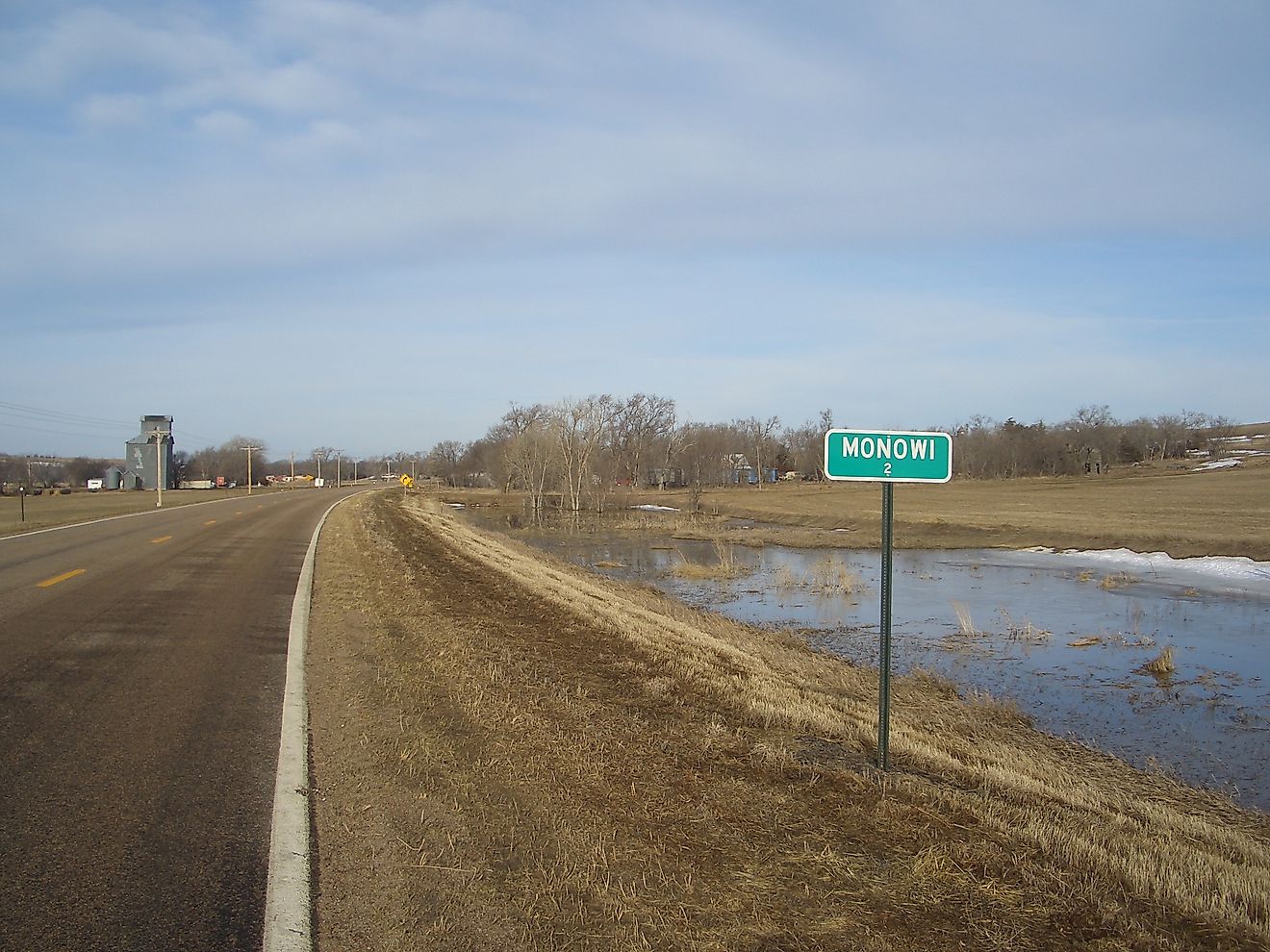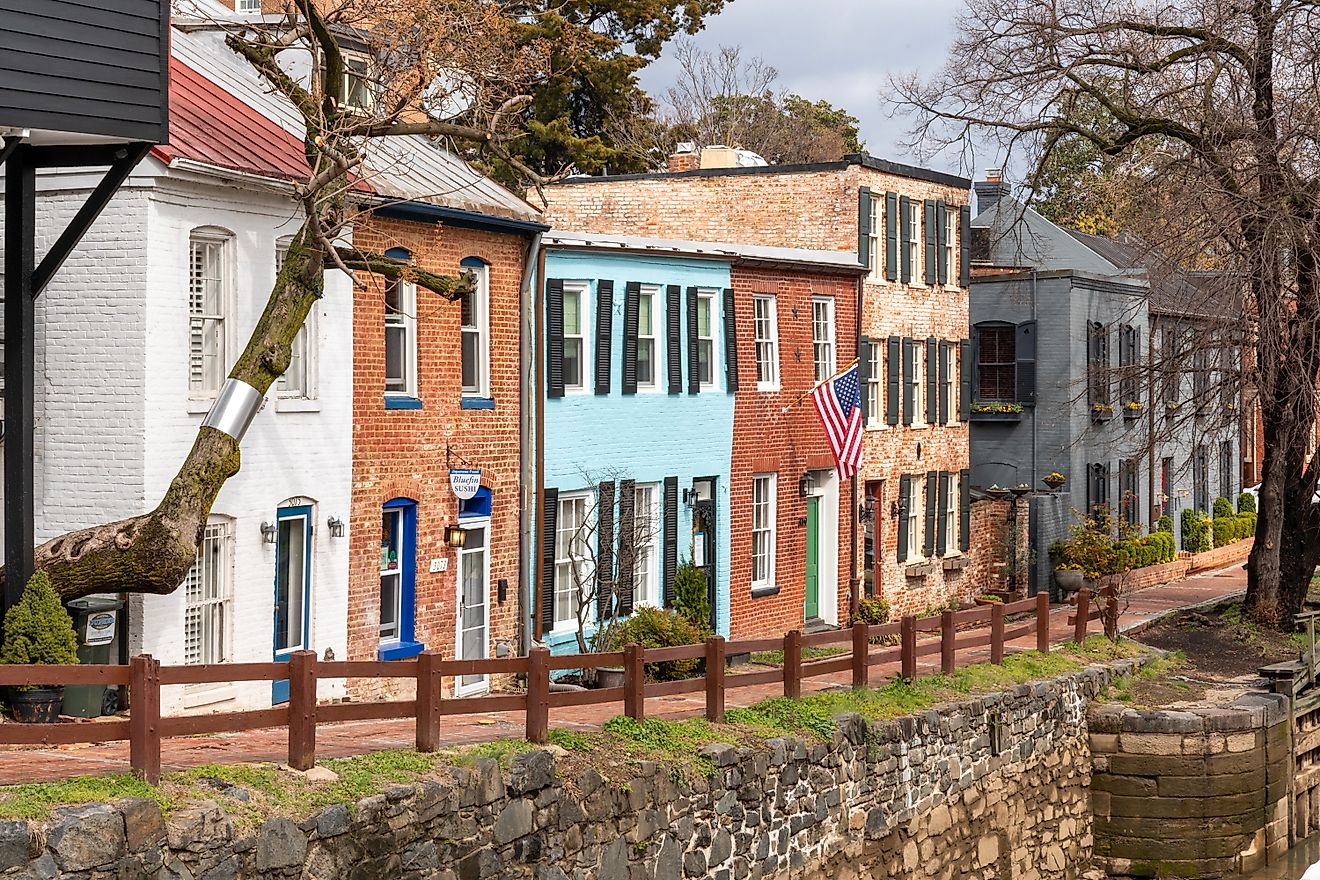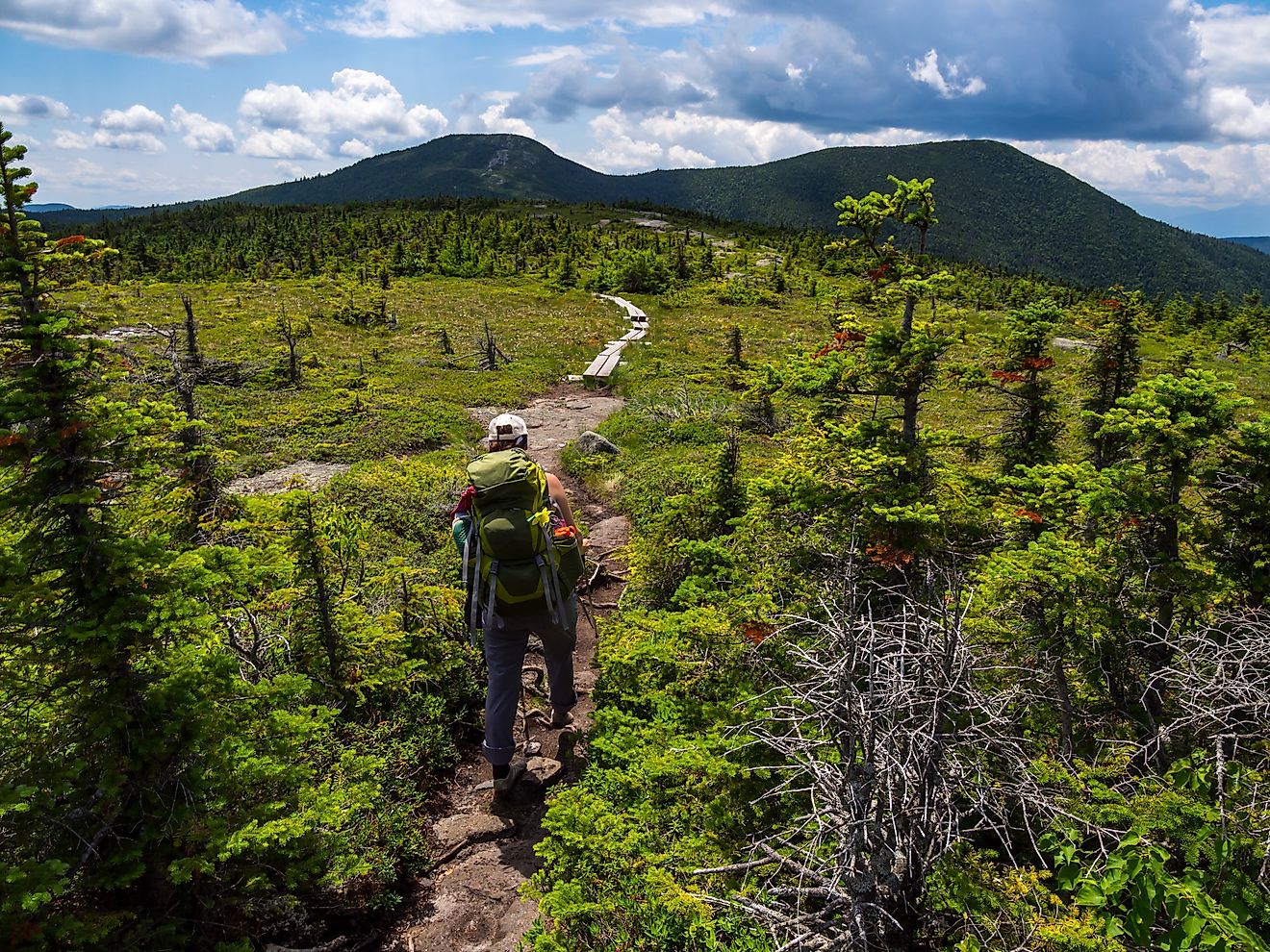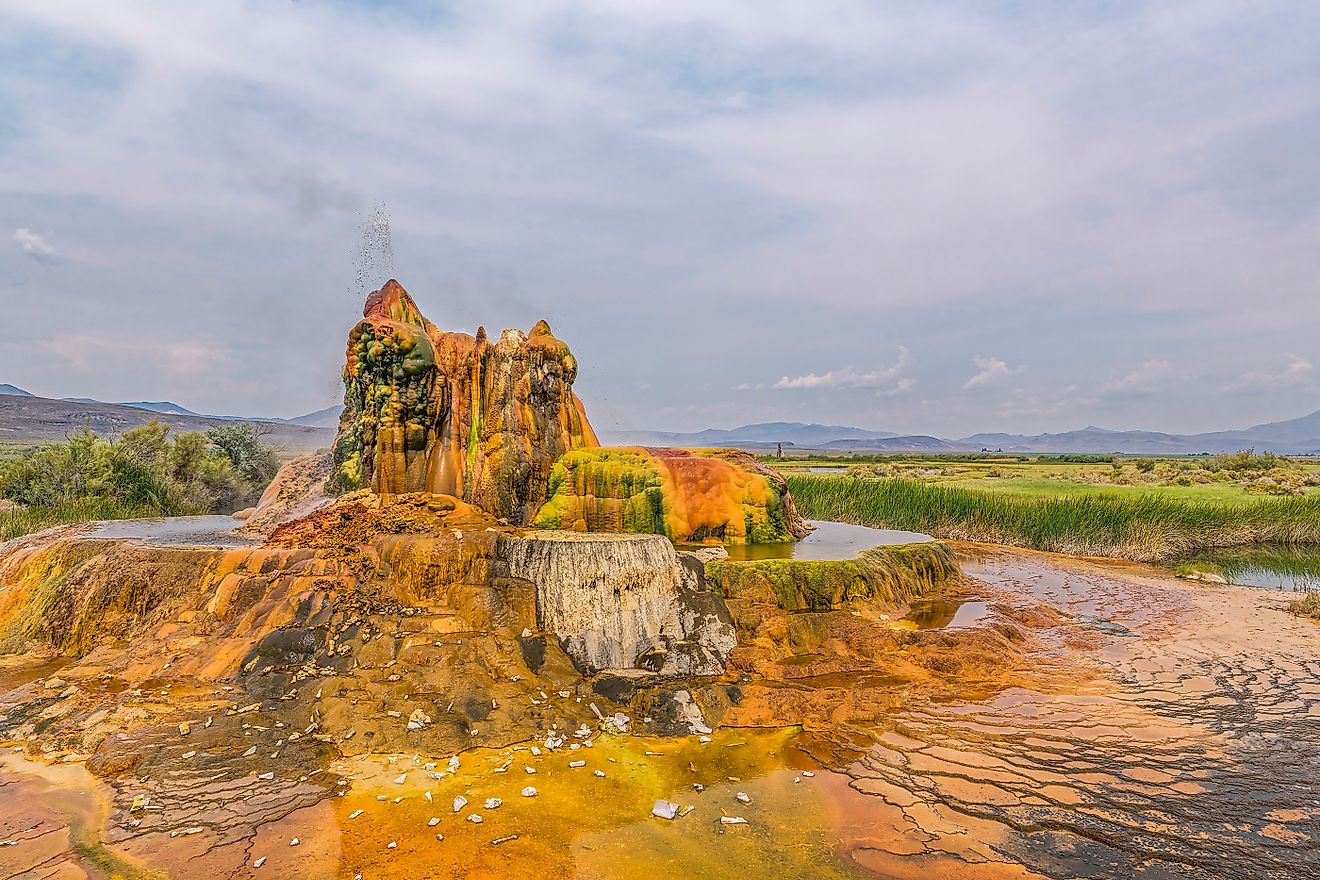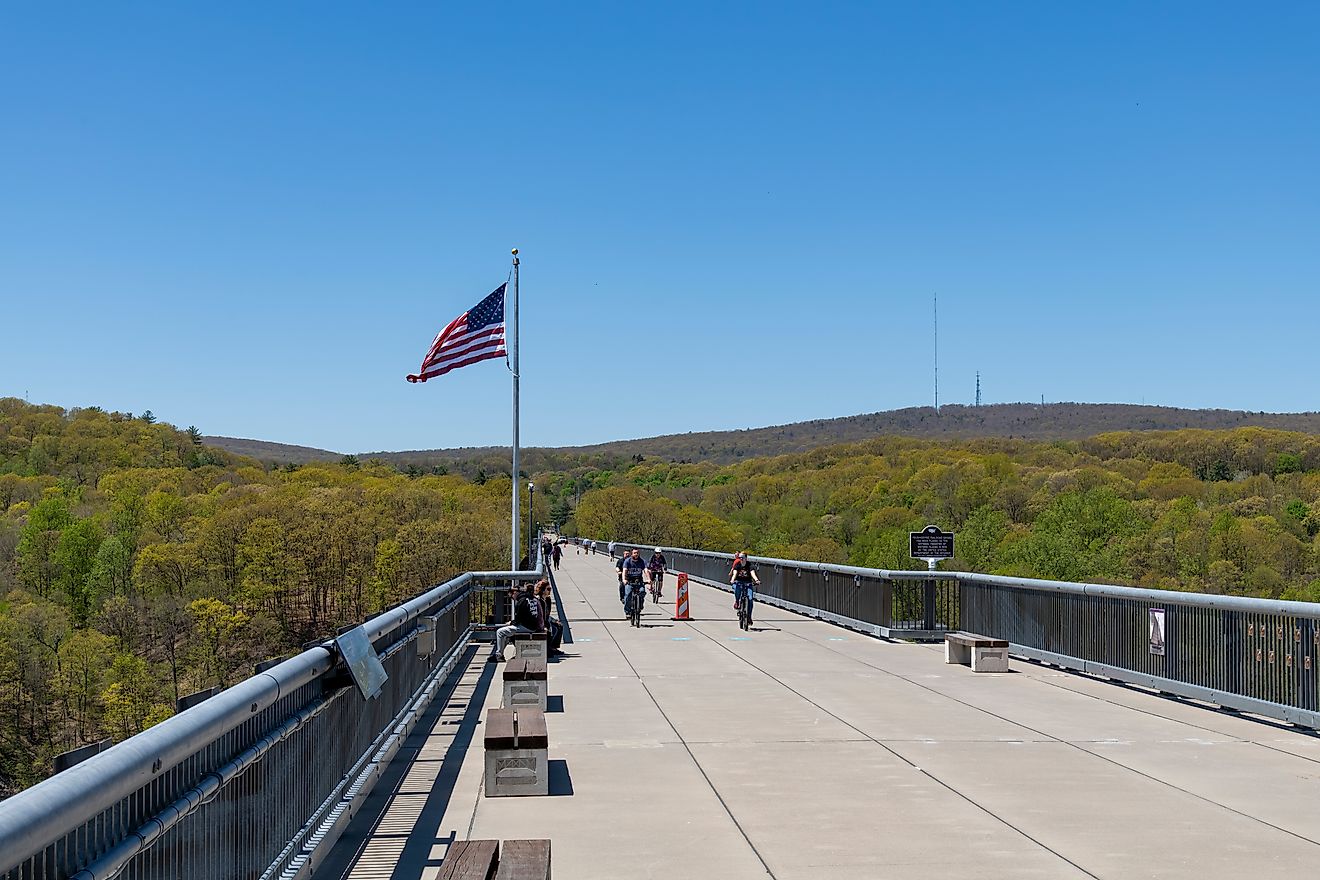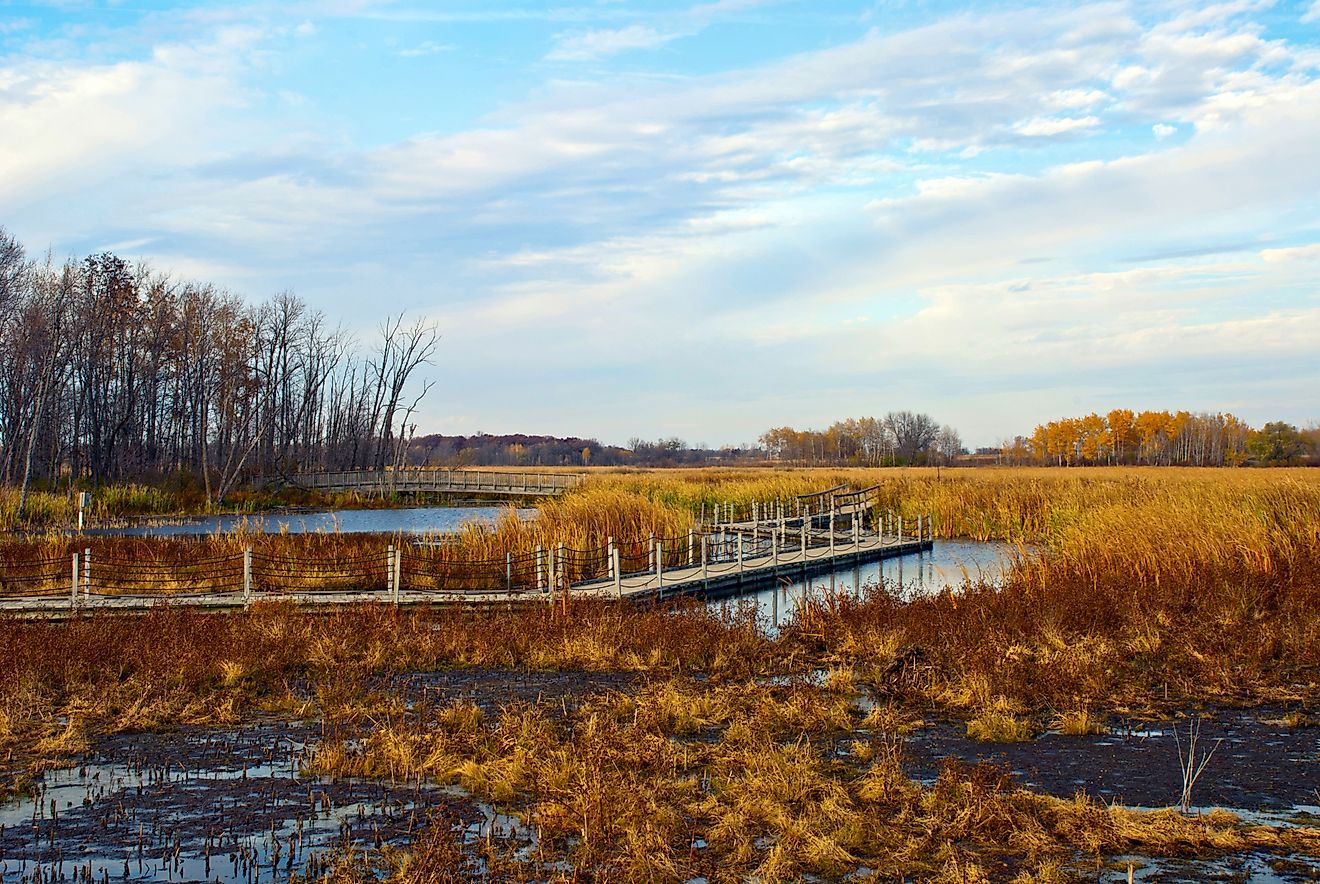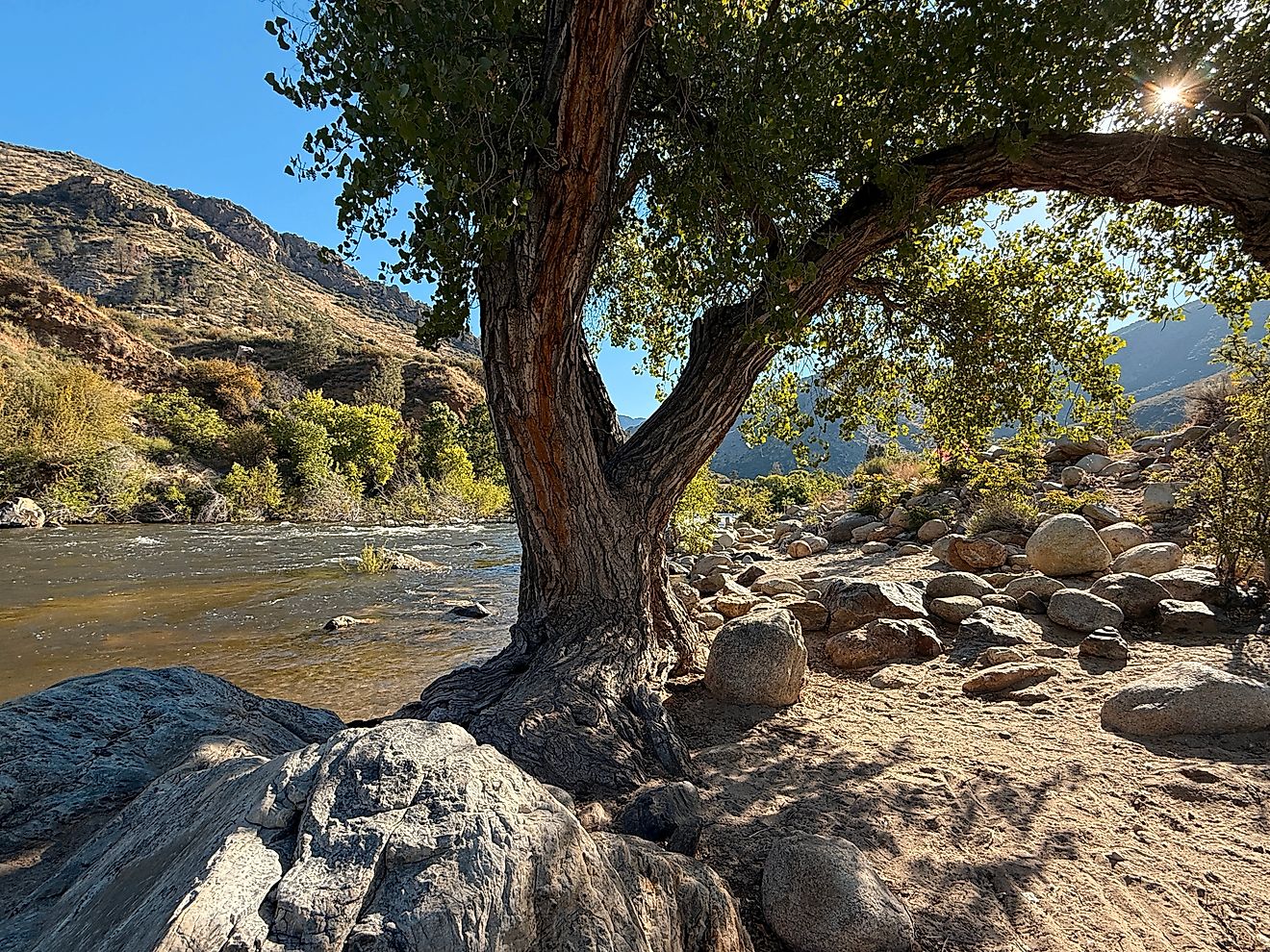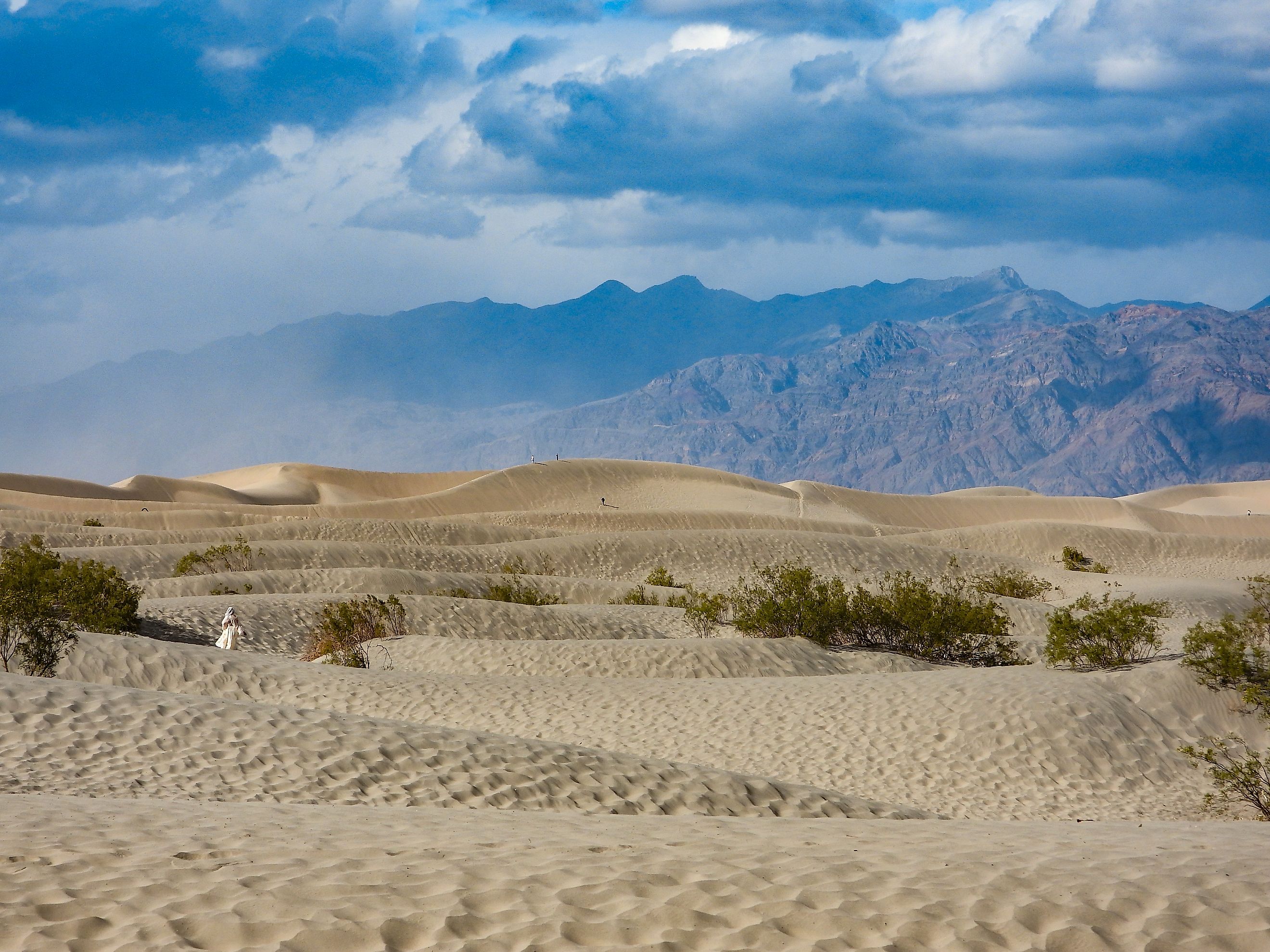
The Driest Places in America: Unbelievable Landscapes Shaped by Extreme Drought
America is home to an astonishing array of landscapes, each showcasing the relentless forces of nature. While lush forests and mountain ranges might dominate the more familiar postcard imagery, some of the country’s most remarkable terrain is shaped by extreme drought and scorching temperatures. The driest places in America are harsh, unforgiving, and breathtaking—where temperatures regularly soar, water is scarce, and the landscape reflects centuries of erosion and arid conditions.
From the world’s hottest surface temperatures to surreal salt flats and ghost towns, the driest regions of America are a testament to nature’s power to sculpt incredible, yet inhospitable, environments.
Death Valley, California
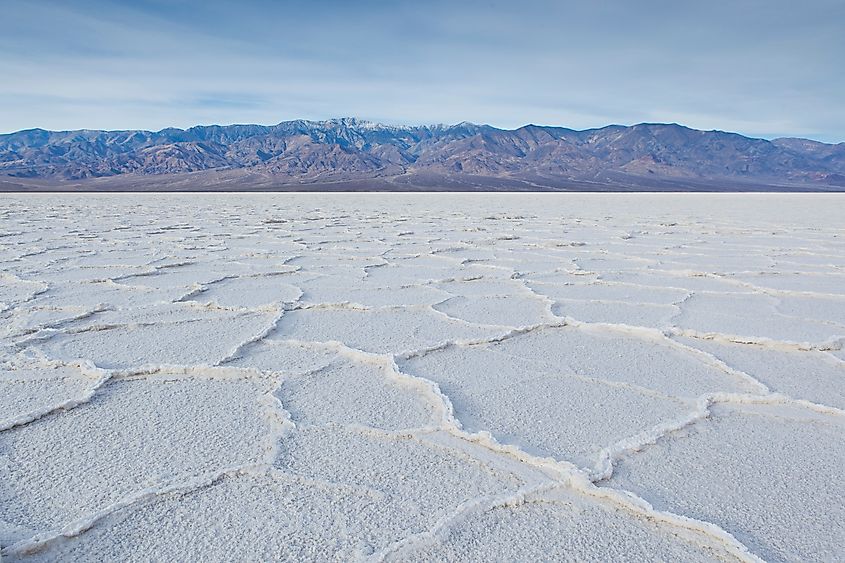
No discussion of America’s driest places would be complete without Death Valley, the undisputed champion of heat and dryness. This vast desert valley, located in California and Nevada, holds the record for the hottest temperature ever recorded on Earth—a staggering 134°F at Furnace Creek in July 1913. The valley’s extreme heat is exacerbated by its below-sea-level elevation, making it the driest national park in the United States.
Death Valley's annual rainfall averages just 1.9 inches, making water a rare commodity. The land’s harsh, salt-encrusted Badwater Basin, which lies 282 feet below sea level, is a surreal, shimmering white landscape formed by evaporated water over thousands of years. During the summer months, daytime highs routinely exceed 120°F, and nighttime temperatures often remain sweltering, failing to drop below 90°F. Despite the extreme heat, a surprising array of resilient life survives, including desert pupfish, creosote bushes, and in rare years, vibrant wildflower blooms.
Visitors to Death Valley are often struck by its isolation and beauty, but they must also be prepared for extreme conditions. The park’s stark vistas and ancient, wind-carved rocks evoke an alien world, making it an extraordinary yet unforgiving destination.
The Mojave Desert
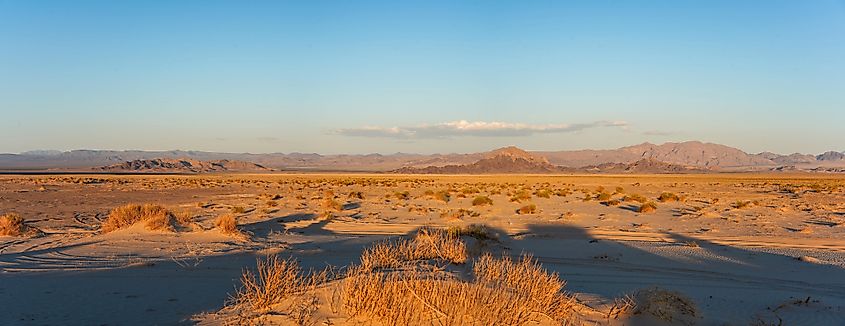
Spanning parts of California, Nevada, Arizona, and Utah, the Mojave Desert is another parched region that defies expectations. Known for its iconic Joshua trees, this high desert area is shaped by extreme drought and scorching temperatures. On average, the Mojave receives only 3 to 5 inches of rain per year, with some years seeing virtually no precipitation at all.
The Mojave Desert's harsh climate fosters an otherworldly beauty. Towering, twisted Joshua trees—unique to this desert—stand as lonely sentinels against the backdrop of rugged mountain ranges and stark, barren plains. In the summer, temperatures often exceed 110°F, with midday sun intensifying the desert’s dry heat. Notable spots include the eerie Kelso Dunes, where the shifting sands can “sing” when the wind blows, and the ghost town of Randsburg, which once flourished during California’s gold rush but now sits silent and decaying under the relentless sun.
Despite the extreme drought, life finds a way to endure. During rare rainfalls, the Mojave bursts into a sea of color, with wildflowers carpeting the desert floor for a fleeting few weeks each spring. But most of the time, the landscape’s vast emptiness and heat leave visitors with a sense of desolation and awe.
The Great Basin Desert
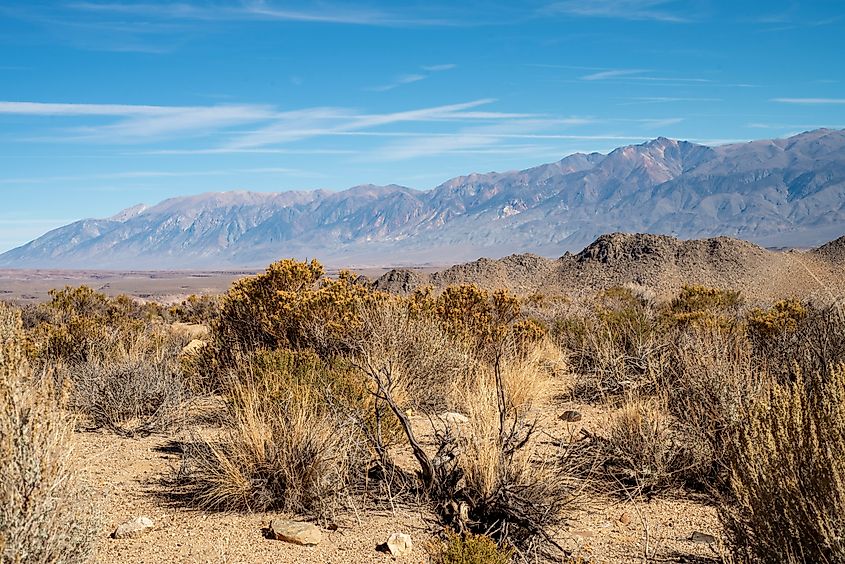
Stretching across Nevada and parts of Utah, Oregon, and Idaho, the Great Basin Desert is the largest desert in the United States. It is distinct from other deserts in that it is a cold desert, meaning its winters are freezing, and its summers are blistering. This high-altitude desert receives less than 10 inches of precipitation annually, with the majority of it falling as snow during the winter months. As a result, the region is home to sparse vegetation, including saltbush and sagebrush, and hardy wildlife such as pronghorn antelope, bighorn sheep, and mountain lions.
The Great Basin’s isolated and arid environment creates stark contrasts, where mountainous regions reach altitudes of over 10,000 feet, and low valleys sink hundreds of feet below sea level. One of the Great Basin's most notable features is the Bonneville Salt Flats, a vast expanse of salt-encrusted earth that once formed the shorelines of an ancient, long-lost lake.
Today, the Bonneville Salt Flats are famous for hosting land-speed record attempts, with the gleaming white surface stretching out to the horizon in an otherworldly display of stark, dry beauty.
The Sonoran Desert
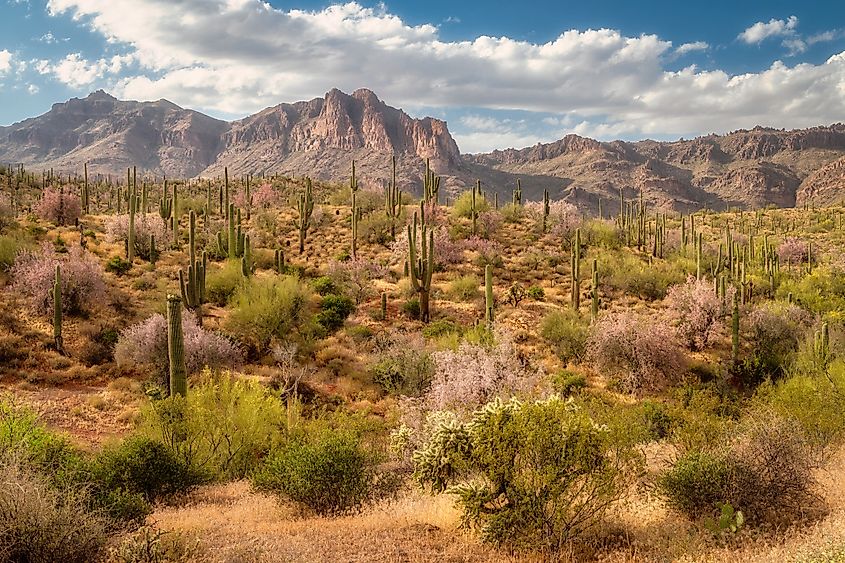
The Sonoran Desert, covering parts of Arizona, California, and northern Mexico, is one of North America's hottest and driest regions. With temperatures regularly reaching above 115°F during the summer months, it is a desert where even the hardiest creatures must adapt to survive. Annual rainfall here varies, but on average, the desert sees just 3 to 15 inches of rain per year, creating a landscape where vast stretches of sand and rock give way to towering saguaro cacti—iconic symbols of the Southwest.
Despite its extreme conditions, the Sonoran Desert supports a surprising amount of biodiversity. Animals such as the Gila monster, desert tortoises, and even elusive jaguars roam this arid landscape. The desert is also home to unique plant species, including the saguaro cactus, which can grow up to 40 feet tall and live for over 150 years. Visitors can explore the desert's beauty at sites like the Kofa National Wildlife Refuge, where rugged mountains and desert plains combine to create a cinematic landscape.
However, the Sonoran Desert is not for the faint-hearted. Summer temperatures regularly soar above 110°F, and visitors must take precautions to avoid heatstroke, dehydration, and sunburn when trekking through the desert's vast expanses.
The Colorado Plateau
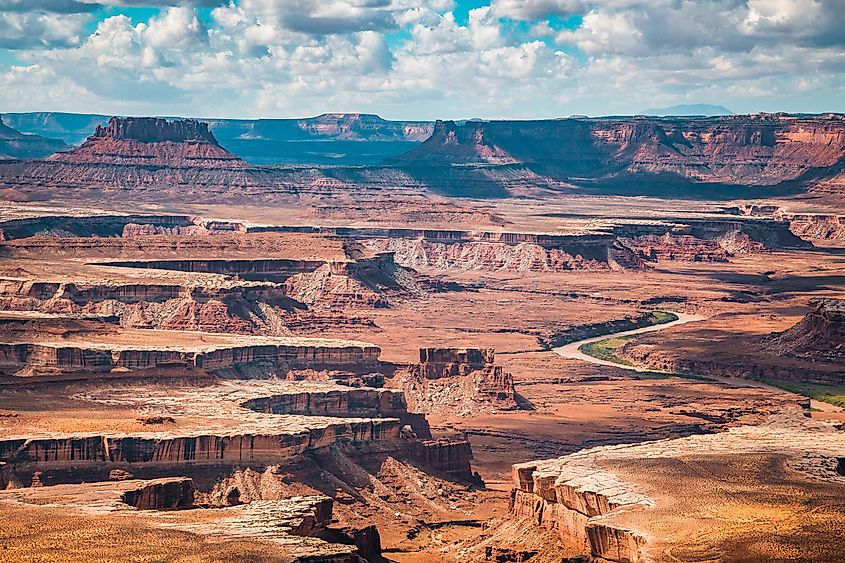
The Colorado Plateau, a region that spans Utah, Arizona, Colorado, and New Mexico, is a dry, high-altitude landscape of incredible natural wonders. This area receives very little rainfall, averaging only 8 to 12 inches per year, yet it is home to some of America’s most iconic and visually striking features, including the Grand Canyon, Monument Valley, and Arches National Park. The combination of limited water and extreme temperature fluctuations—ranging from freezing winter nights to scorching summer days—has shaped the landscape into a maze of deep canyons, towering mesas, and dramatic rock formations.
The plateau's extreme aridity has led to the creation of some of the most awe-inspiring geological formations on Earth. Erosion has carved out massive arches, spires, and cliffs from the rock, creating a landscape that seems almost otherworldly. Summer temperatures in the region can exceed 100°F, but the dry air offers a certain relief compared to the stifling humidity found in other deserts.
For those exploring the Colorado Plateau, the region offers a stunning visual experience that showcases the power of erosion and the unyielding forces of nature.
McMurdo Dry Valleys (Though Not in America)
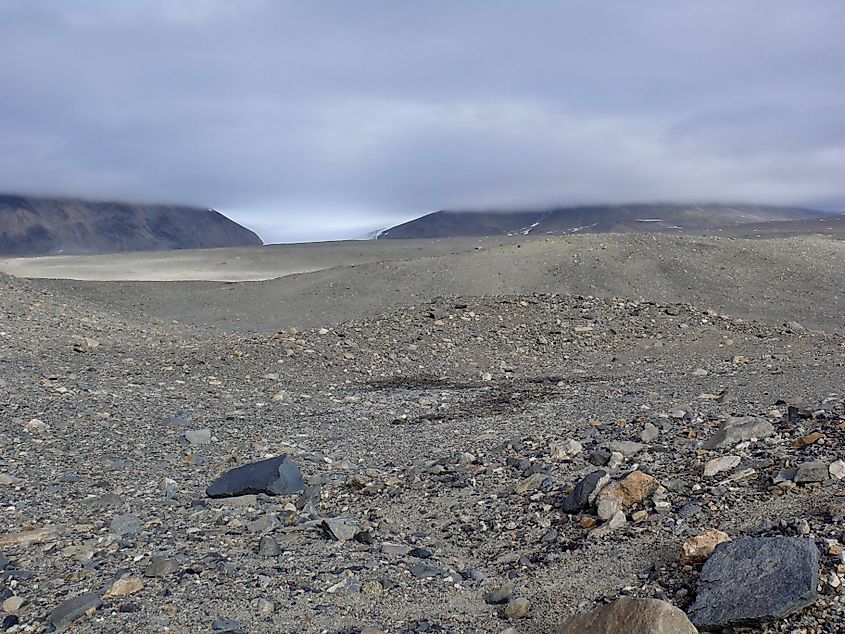
While not part of the United States, the McMurdo Dry Valleys in Antarctica are often compared to America's most extreme desert environments due to their almost complete lack of moisture. With no precipitation for nearly two million years, these valleys have been compared to the Martian surface in terms of dryness and desolation. Though they are far from the continental US, their extreme conditions highlight just how harsh Earth’s driest places can become.
Why Visit These Driest Places?
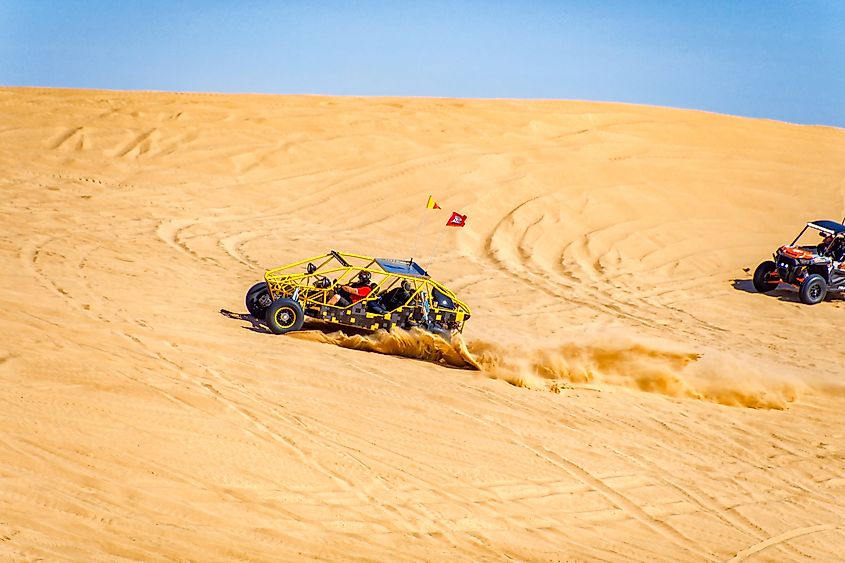
Despite the heat, isolation, and potential danger, there is a unique appeal to visiting these barren landscapes. For photographers, adventurers, and those seeking a true escape from the hustle and bustle of urban life, the driest places in America offer an opportunity to connect with the planet’s raw beauty in its most unforgiving form.
From Death Valley’s alien salt flats to the surreal landscapes of the Mojave and the staggering heights of the Colorado Plateau, these regions remind us that even in extreme environments, life persists. They also tell a deeper story of how the Earth’s ecosystems have adapted over millennia to survive in some of the harshest conditions imaginable.
So, pack plenty of water, prepare for extreme temperatures, and venture into America’s driest regions—where a powerful silence and timeless beauty await.
